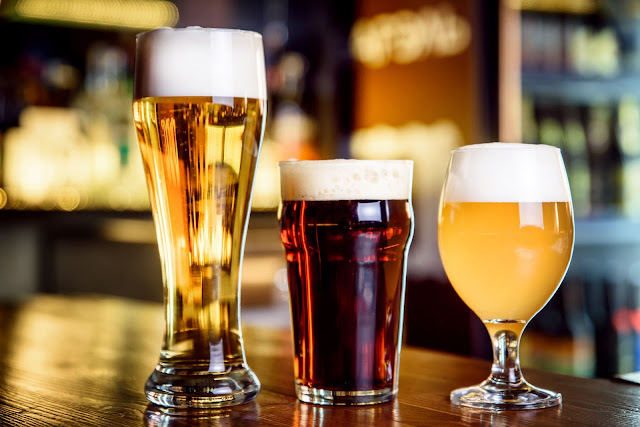Alcohol Market is Expected to Show Impressive Growth Rate Between 2021 to 2029
The development of the market is anticipated to be aided by technological development, a booming pharmaceutical industry, and an increase in the use of alcohol as chemical intermediaries. The rising use of automobiles around the world is what is causing ethanol to be used more and more as a fuel in transportation applications.
Alcohol Market expansion is anticipated to be fueled by rising disposable income and urban population increase. Additionally, the diversification of alcohol flavours and the manufacturers' expanding product lines are expected to support the market's expansion. For instance, Coca-Cola (Japan) Co. declared in July 2019 that it was getting ready to enter the country's alcoholic beverage industry formally. Additionally, the business trial-launched a canned chhai spirit-based product in the Kyushu region in May 2018.
As the number of accidents caused by excessive alcohol consumption rises, strict government laws and regulations are projected to slow the Expansion of The Alcohol Market. Government controls and the increased adoption of VAT are predicted to decrease alcohol demand. Governments impose taxes on alcohol and associated goods, for instance, all throughout the world. Additionally, they manage and monitor sales. Alcohol is expensive because of municipal licencing fees, various state restrictions on the sale of alcohol, and consumer prices that are frequently four or five times higher than what is charged at a distillery. As a result, this is anticipated to slow the growth of the alcohol market.
shifting preferences in favour of high-quality alcohol, which includes low-alcohol liquor. Additionally, rising demand for expensive, premium alcohol due to expanding purchasing power is anticipated to fuel Alcohol Market expansion throughout the projection period. Shipyard, a US craft brewer, introduced the low-alcohol pale ale Low Tide in June 2019. Low Tide, as its name suggests, has a lower abv of 0.5%. taking advantage of the rising customer demand for alcohol-free and low-alcohol beverage options.




Comments
Post a Comment